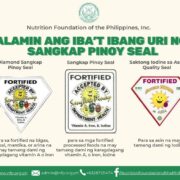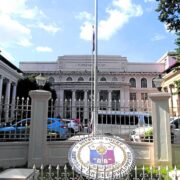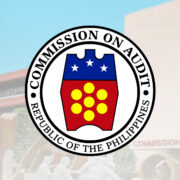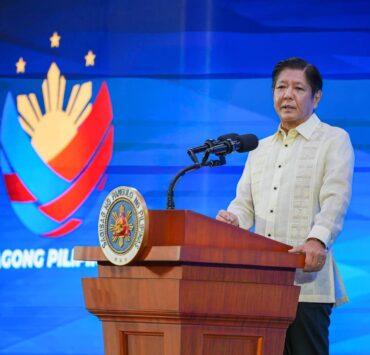EXPLAINER: The Philippines has many white sand beaches, but how are they created?
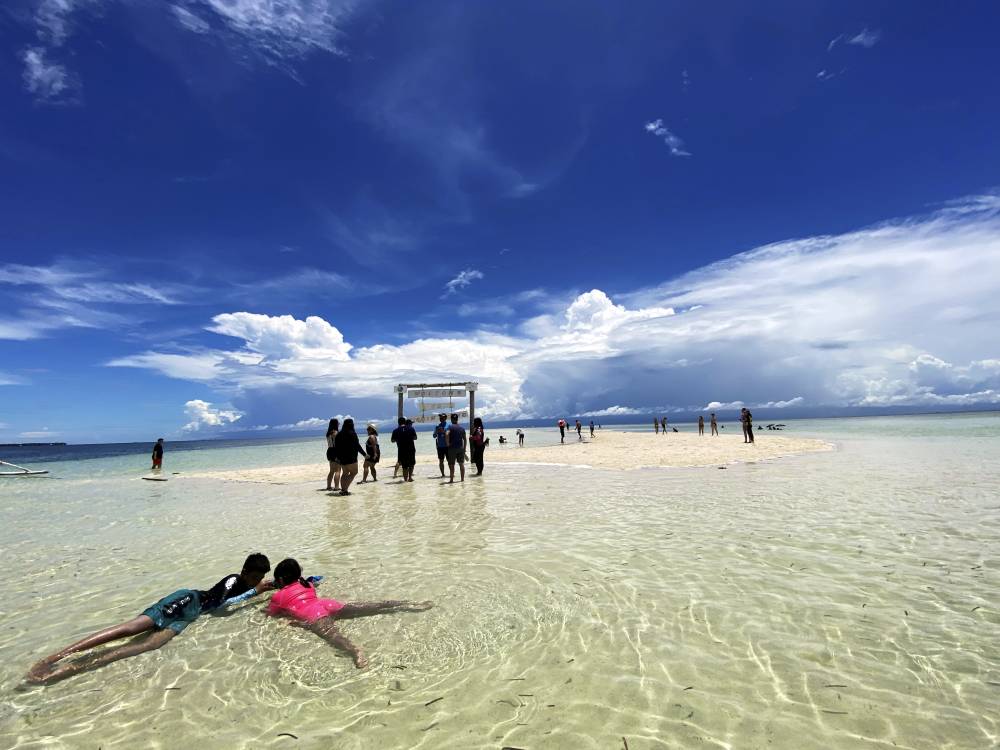
My love for the ocean was sparked by my interest in beaches while growing up.
Although I wasn’t familiar with swimming or scuba diving until my postgraduate years, being a marine scientist has allowed me to immerse myself in the oceanic world, which has been incredibly fascinating. A diverse array of fish inhabits the coral reefs of the underwater landscape, which is a splendidly woven fabric of paintings and coral structures, including branching, foliose, massive, encrusting, and mushroom-shaped corals. In all humility, being a coral ecologist allowed me to visit some of the best scuba diving locations in the country, including Tubbataha Reef and Apo Reef.
Beaches get their colors from the different types of corals and other living things in water, which aid in the formation of sand. When storms occur, the sand that gets washed ashore contains pieces of broken coral along with other materials that get weathered in the long run to make the famous white sand at most beaches.
While corals are a key source of white sand on many of our country’s white beaches, calcareous algae like Halimeda also contribute to the fine sand seen on certain beaches. An exceptional occurrence includes the formation of pink beaches due to the abundant sea life exhibiting unique shades of pink. One of the famous pink beaches in the Philippines is Santa Cruz Island in Zamboanga City, where the pink hue is a result of the red organ pipe corals and white sand, giving the shoreline an appealing pink color.
Corals, along with numerous carbonate-producing organisms, are not the only sources of materials that form white sandy beaches. Common sources include quartz, a mineral that breaks down into fine particles creating white sand, limestone containing calcium carbonate, gypsum deposits, and aragonite, a form of calcium carbonate found in coastal environments. These examples highlight the diverse origins of white sand beaches apart from coral formations, illustrating how the local geology and other processes determine the composition of the beach sand.
Beach erosion and accretion
The relationship between beaches and the sea is best illustrated through the processes of beach erosion and accretion (the gradual process of growth or accumulation of layers) as well as through the movement of sand along the shoreline. These processes are hardly perceptible; nevertheless, they are necessary for the maintenance of the landscape and the development of coastal regions. At the same time, sand is removed from and added to the coast. The shortage is compensated by other sources. This cycle is important for preserving the balance of beaches in the long term.
An important aspect concerning beach dynamics is the idea of progradation, which simply means that the beach area is increasing and extending itself towards the sea. This process, though important, does progress at a very slow pace, resulting in the reconfiguration of the coastal scenery shifting over an interval of hundreds if not thousands of years. Subsequent processes may give the impression that the beaches we access within our lifetime do not undergo any substantial changes, but this is incorrect because such a change is taking place without human manipulation of the equilibrium concerning sand transport.
Certain structures like groins, jetties, harbors, ports and land reclamations are examples of anthropogenic modifications that can affect the sand’s movement along the coastline. Such structures can modify water circulation patterns, negatively affecting sediment transport processes, leading to the mismatch of sediment movement. These structures can alter the natural direction of the currents. Upstream, these structures are favored with increased deposition of sand, whereas the regions below them may suffer from sand deposition deficit and subsequent erosion.
Coral bleaching
Ocean acidification and coral bleaching are just a couple of natural phenomena threatening the existence of corals. Similarly, human activity like fishing poses a large threat to the overall coral reef ecosystem. Ecosystems are intricately woven webs; hence, overfishing may lead to detrimental consequences such as the domination of crown-of-thorns starfish (COTS), which eat corals as their primary food source. This would cause a shift from a coral-dominated reef to an algal-dominated reef, which is nearly impossible to revert with herbivory gone due to overfishing. Coral reefs are also at risk due to unrestricted tourism development, just like in Boracay a few years back. To sustainably protect the reefs, investment in sewage treatment facilities is critical in sensitive areas like Boracay. Furthermore, incorporating strategies such as limiting the number of tourists allowed in specific areas alongside responsible coastal development is crucial.
Enhancing the protection of coral reefs is crucial in preserving the condition of the beaches and ocean life, which helps create the beaches. By creating Marine Protected Areas (MPA), activities that can cause excessive damage are prevented in certain areas so that the coral reefs, which are so important for municipal fisheries, are protected. Continually raising awareness regarding the importance of coral reefs and promoting sustainable principles is important in strengthening conservation efforts.
The enforcement of illegal fishing laws is crucial to protecting coral reefs because it reduces illegal activities like using destructive fishing gears that decimate corals. Nevertheless, legal fishing can still lead to overfishing and its concomitant effects. Moreover, overfishing may worsen if municipal waters, which are already subjected to intensive fishing activities, are open for commercial fishing operations.
Corals play a significant role in sustaining subsistence fisheries by providing habitats for diverse marine life, which is critical for these fisheries. Therefore, conserving coral reef ecosystems is important for maintaining fisheries and the populations that depend on these resources for food and income.
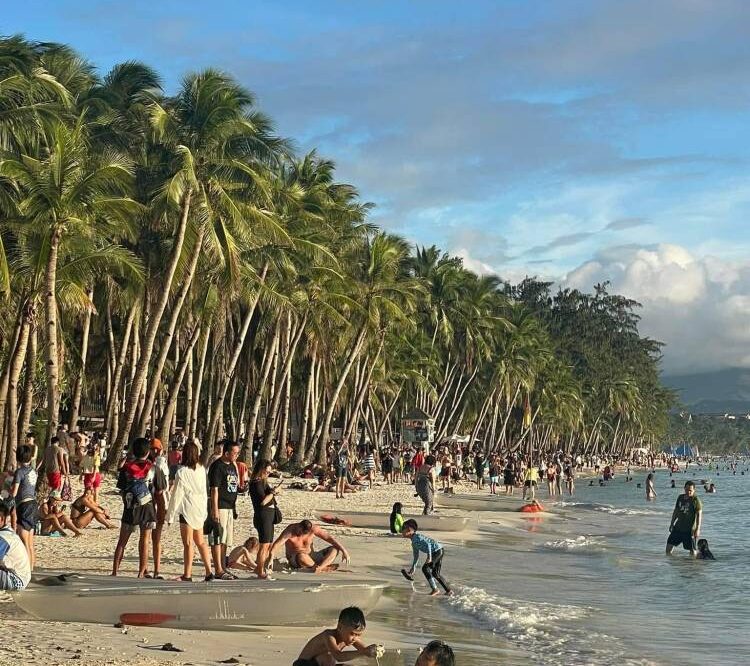
Sun, sand and sea
Tourism, particularly sun, sand, and sea tourism, is a major revenue generator for tropical countries such as the Philippines. Most of the five million tourists who visit our country are attracted to the beautiful beaches and other activities, particularly water-related ones. While this type of tourism helps earn income, part of the income generated must also be used to preserve coral reefs, which provide a host of other ecological services and benefits. Efforts must be made to ensure the untouched beauty of the tourism sites to make sure that the core reason why tourism is a major economic engine of the region is not compromised.
Last September and October, Agoda’s search volume put Cebu and Boracay among Southeast Asia’s top searched tourist destinations. In addition, the white sand beach of Boracay was awarded the title of best white sand beach worldwide for 2024 by the luggage brand Cabin Zero, which rated the top 12 white sand beaches from all over the world. Moreover, Panagsama Beach in Moalboal, Cebu, made it to the top beaches in Southeast Asia by Condé Nast Traveler.
Protecting the lively corals that fringe the beautiful beaches is more crucial than ever. These corals are critical to preserving ecological equilibrium and provide an incredible range of services, from enhancing ecotourism to supporting local fisheries. If lounging over the pristine white sands provides relaxation or you take pride in these beaches being the best in the world, there needs to be real protection effort for these coral ecosystems. By protecting the corals, beaches will still be beautiful in the future, but a rich diverse marine habitat critical for humanity’s survival will also be preserved.
Dr. Michael P. Atrigenio is an Assistant Professor at the Marine Science Institute of the University of the Philippines Diliman and the program head of the Professional Masters in Tropical Marine Ecosystems Management Program. He is also the President of the Marine Environment and Resources Foundation.




